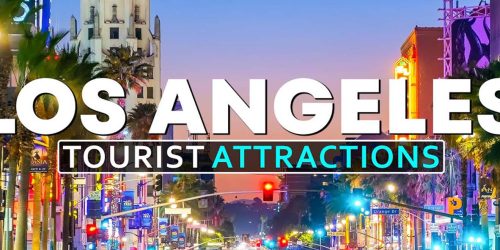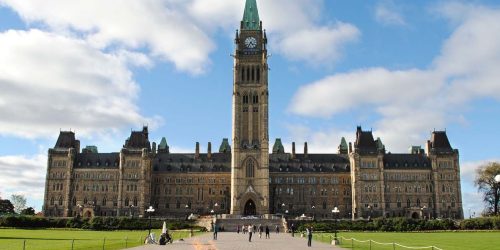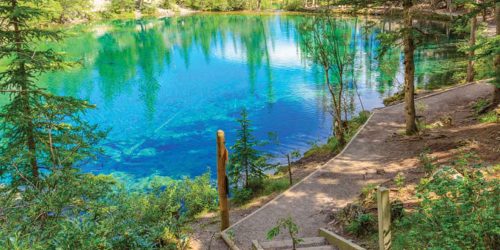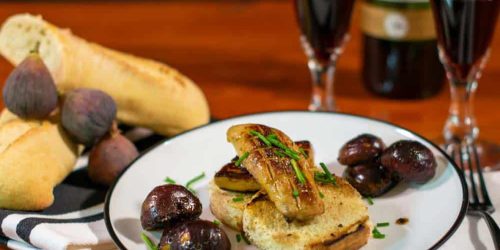Montreal’s Must-See Landmarks: A Visitor’s Guide
Montreal, a city that masterfully blends old-world charm with modern vibrancy, is a treasure trove of landmarks waiting to be explored. During my visit, I was captivated by the city’s unique architecture, rich history, and cultural diversity. Let me take you through some of the must-see landmarks that left a lasting impression on me.
1. Old Montreal (Vieux-Montréal)
Walking through Old Montreal felt like stepping back in time. The cobblestone streets, lined with charming boutiques and cafés, were a photographer’s dream. I started my journey at Place Jacques-Cartier, a lively square where street performers and artists brought the area to life.
One highlight was the Notre-Dame Basilica. The moment I stepped inside, I was awestruck by its grandeur. The intricate wood carvings, vibrant stained-glass windows, and the majestic altar were breathtaking. I joined a guided tour that shared fascinating stories about the basilica’s history, including its role in Montreal’s early days.
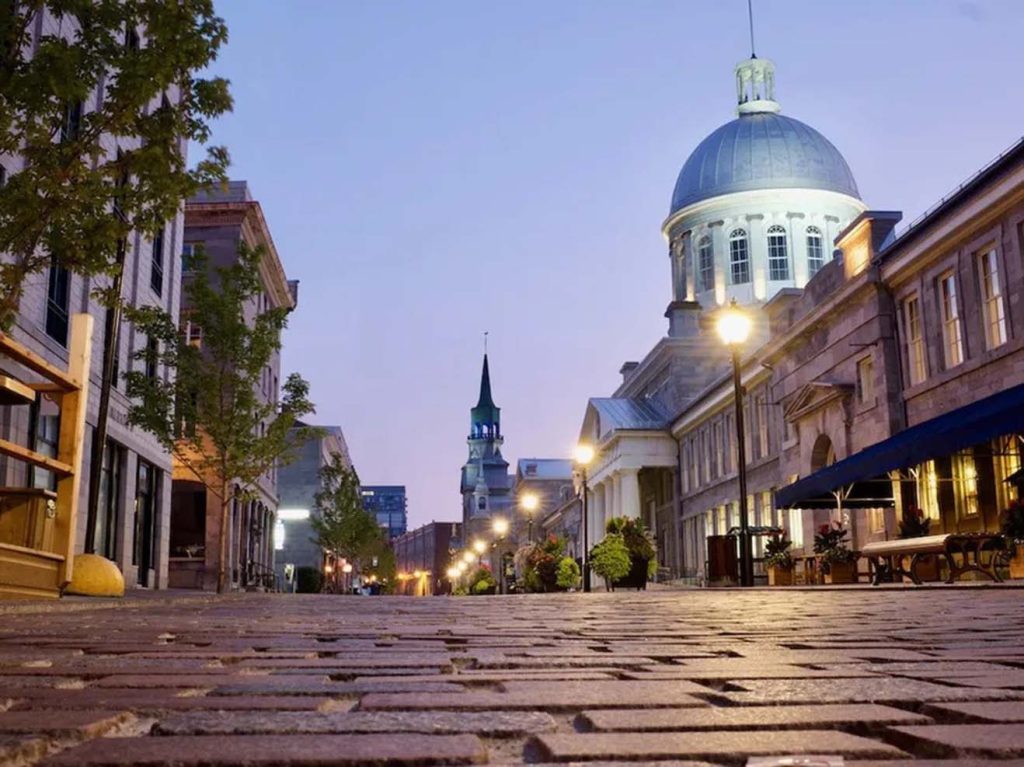
Tips:
- Entry to the basilica costs around CAD 15.
- Arrive early to avoid crowds, especially during weekends.
- Don’t miss the evening Aura Light Show, a mesmerizing display of lights and music.
2. Mount Royal (Mont Royal)
Mount Royal, the heart of the city, offered a peaceful escape from the urban hustle. I spent a morning hiking up to the Kondiaronk Belvedere, a lookout point that provided a panoramic view of Montreal’s skyline. The sight of the city sprawled below, with the St. Lawrence River glistening in the distance, was worth every step.
I also explored the surrounding park, designed by Frederick Law Olmsted, the landscape architect behind New York’s Central Park. Locals were jogging, picnicking, and enjoying the outdoors, making it a perfect spot to soak in Montreal’s vibrant community spirit.
Tips:
- Wear comfortable shoes for the hike.
- Visit during fall to see the park in stunning autumn colors.
- Pack a snack or picnic to enjoy at the summit.
3. Saint Joseph’s Oratory of Mount Royal
Saint Joseph’s Oratory was another landmark that left me spellbound. As the largest church in Canada, its grandeur was undeniable. I climbed the 283 steps leading to the basilica, a journey made even more meaningful by observing pilgrims ascending on their knees as a sign of devotion.
Inside, the oratory was serene, with its modern yet spiritual design. I lit a candle in the votive chapel, joining hundreds of flickering lights that symbolized prayers from around the world. The gardens behind the oratory, featuring the Stations of the Cross, were a peaceful retreat.

Tips:
- Admission is free, but donations are appreciated.
- The oratory is easily accessible by public transit.
- Don’t miss the view of the city from the terrace.
4. Jean-Talon Market
Jean-Talon Market was a feast for the senses. Located in the Little Italy district, this open-air market was brimming with fresh produce, artisanal goods, and local delicacies. I spent hours wandering through the stalls, sampling everything from Quebec cheeses to maple syrup candies.
One of my favorite discoveries was the cretons, a traditional Quebec pork spread, which I enjoyed with fresh baguette slices. The market’s vibrant atmosphere and friendly vendors made it a highlight of my trip.
Tips:
- Open year-round, but summer is the best time to visit for fresh produce.
- Bring cash for smaller vendors.
- Try the fresh oysters from the seafood stalls.
5. The Montreal Museum of Fine Arts (Musée des beaux-arts de Montréal)
Art lovers should not miss the Montreal Museum of Fine Arts. The museum’s vast collection spans centuries and includes works by renowned artists like Rembrandt, Monet, and Picasso. I was particularly drawn to the contemporary art exhibits, which showcased innovative and thought-provoking pieces.
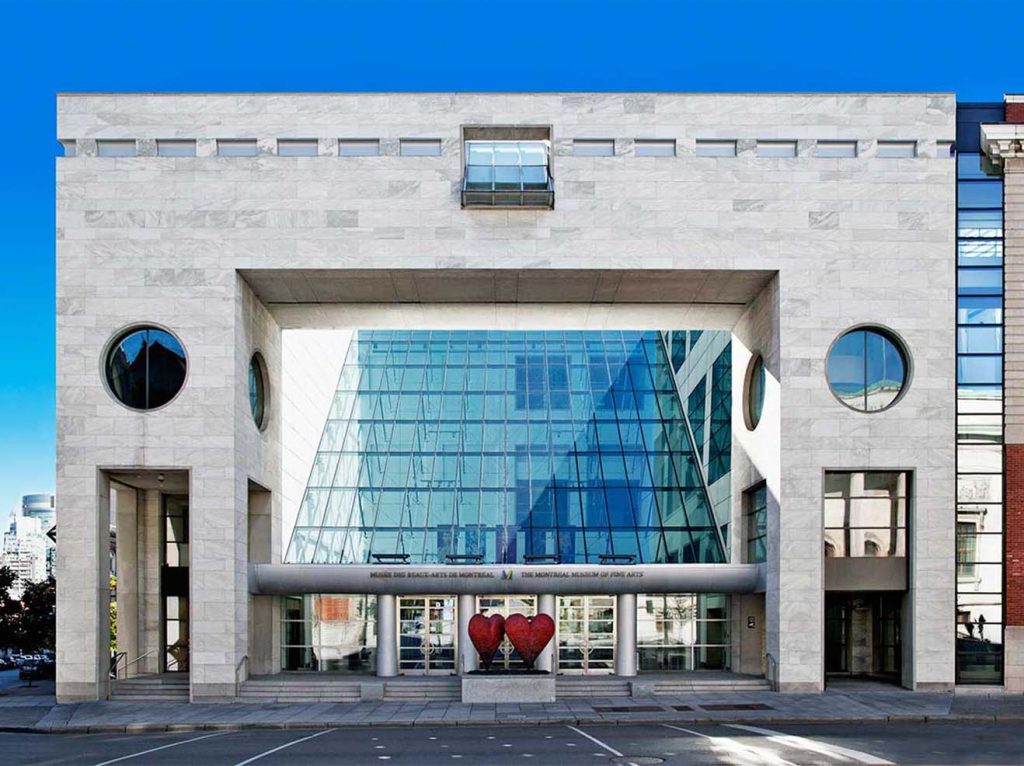
The museum also featured impressive sculptures and installations in its outdoor garden. I appreciated the audio guide, which provided insightful commentary on the artworks.
Tips:
- Admission is free for visitors under 30 on certain days.
- Allocate at least three hours to explore the museum fully.
- Check the website for special exhibitions during your visit.
6. Habitat 67
Habitat 67 was a fascinating example of modern architecture. Designed by Moshe Safdie for Expo 67, this unique housing complex was both functional and artistic. I joined a guided tour that explained the vision behind the design and its impact on urban living.
The structure’s interconnected cubes and green terraces were unlike anything I had seen before. Although it’s a residential building, the tour allowed me to explore parts of the complex and admire its innovative design.
Tips:
- Book a guided tour in advance.
- Take a stroll along the nearby waterfront for great photo opportunities.
7. The Underground City (La Ville Souterraine)
Montreal’s Underground City was a marvel of urban planning. This network of tunnels connected shopping malls, metro stations, hotels, and office buildings, making it a haven during cold winters. I spent an afternoon exploring its shops and eateries, marveling at how seamlessly it integrated with the city above.
One highlight was Complexe Desjardins, a vibrant hub with shops, restaurants, and even live performances. The underground city also featured stunning art installations and murals, adding a cultural touch to this functional space.
Tips:
- Download a map to navigate the complex tunnels.
- Wear comfortable shoes for walking.
- Visit during winter to truly appreciate its convenience.
8. The Biosphere
Located on Saint Helen’s Island, the Biosphere was a striking geodesic dome that housed an environmental museum. I learned about sustainability and climate change through interactive exhibits and displays. The view of the city from the dome’s upper levels was an added bonus.
The surrounding park was perfect for a leisurely stroll, and I even spotted a few families picnicking by the river.
Tips:
- Admission costs around CAD 15 for adults.
- Combine your visit with a trip to La Ronde amusement park nearby.
- Check for special events or workshops at the Biosphere.
Montreal’s landmarks are as diverse as its culture, offering something for every traveler. From historic sites and architectural marvels to vibrant markets and serene parks, each landmark I visited left me with unforgettable memories.
If you’re planning a trip to Montreal, make sure to include these must-see spots in your itinerary. And don’t forget to explore beyond the landmarks—Montreal’s charm lies in its ability to surprise you at every turn.


